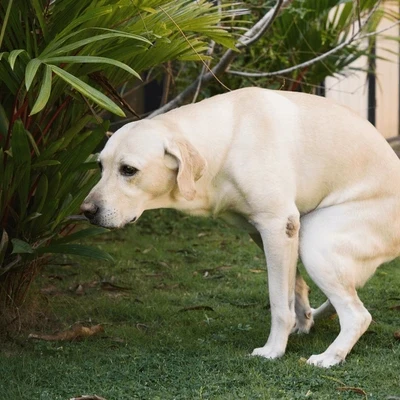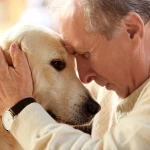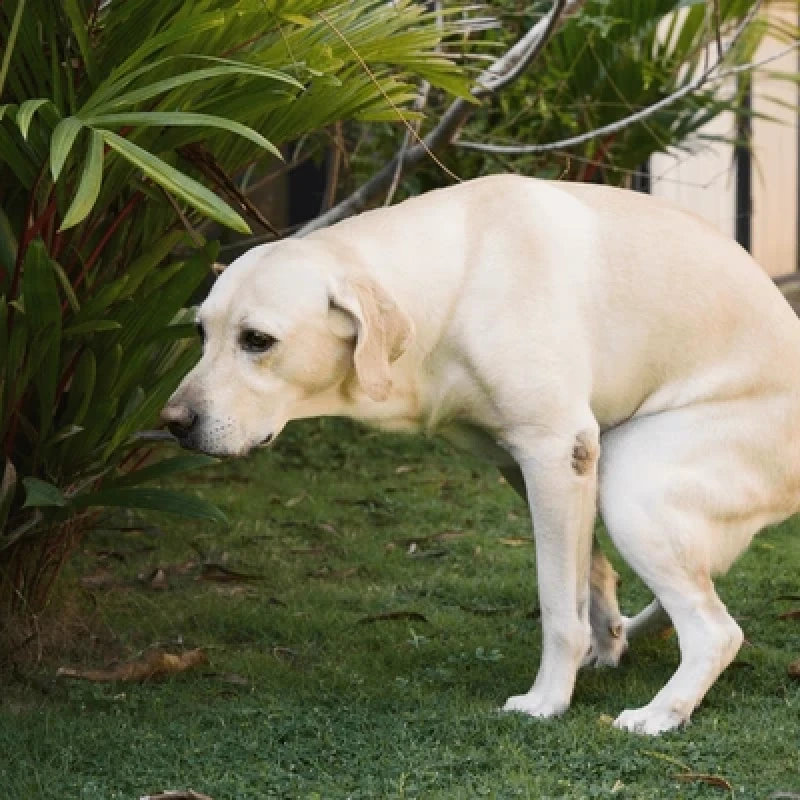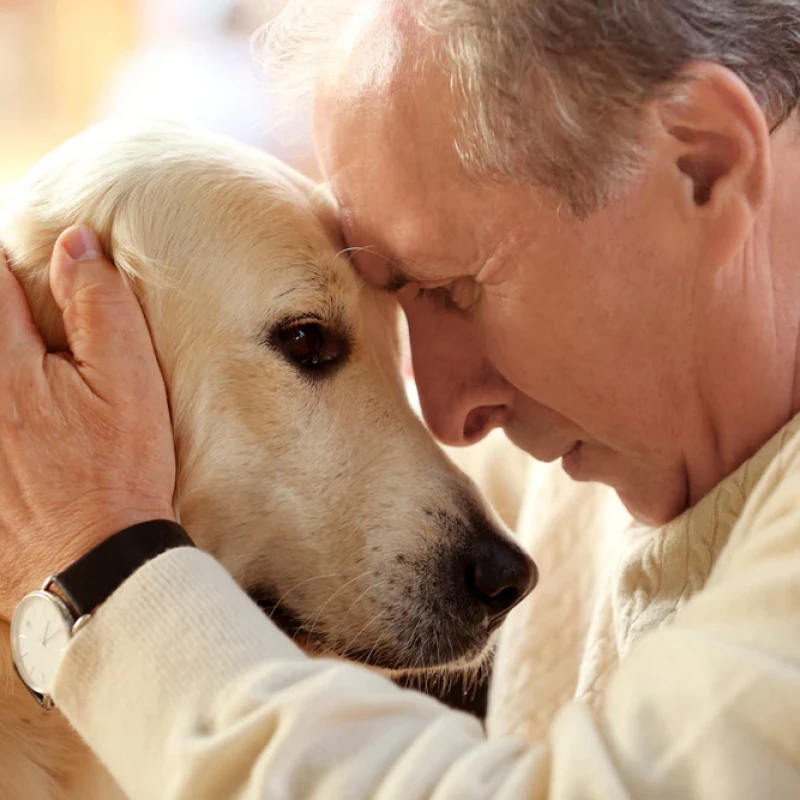Dog cats get depressed? Just like humans, it is not uncommon for cats to suffer from depression, and dogs can experience it too. Surely, you have witnessed your little dog lying dejectedly alone more than once. The image of a puppy resting its head weakly on its front paws and sighing in despair must be very familiar, right?
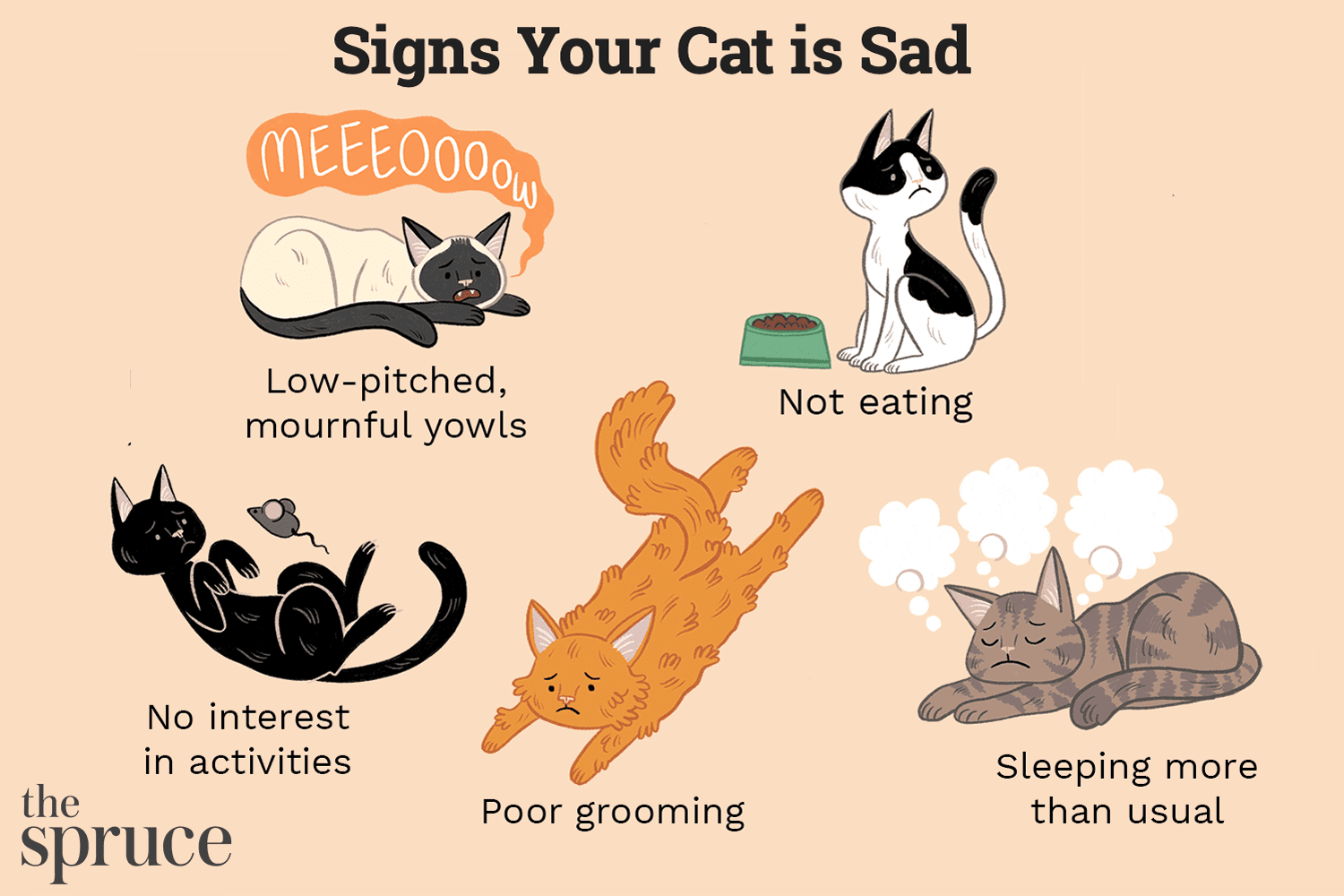
"Although you have raised your beloved dog or cat for a long time, are you sure you understand what they want? What are the signs of a stressed dog? How does a depressed cat manifest? Can it be detected? And what should you do when your dog is depressed? Follow the article below from Pet Mart to learn more.
Causes of Dog Depression and Stress
Dogs Become Depressed Due to Lack of Love
When dogs bark frequently, it’s not right for the owner to scold them, thinking they are wrong. Since they are naturally dogs, barking is instinctive. However, if the owner comforts the dog by petting its head, scratching its neck or chin, or picking it up to cuddle, the dog will think that these behaviors are correct.
As a result, the dog will continue to behave this way, believing that it makes the owner happy. Ultimately, the dog will be unable to stop these behaviors as it increasingly craves love, which can lead to depression.
Dogs Become Depressed Due to Old Age
An elderly dog whose owner suddenly passes away may refuse to eat and die as a result. This has happened more often in the past, as dog owners love their pets as if they were their own children. The dogs become very attached to their owners, especially those that have only one owner and one dog. Owners seldom take their dogs out to socialize or play with other dogs.
If they are rarely taken out, the dogs may believe that the entire world consists only of their owner. If any misfortune occurs, the dog will become immediately lost. Many signs of a stressed, dejected dog appear, showing no interest in everything around them. They will wait for their owner to return until they pass away.
Dogs Become Depressed Due to Lack of Care
Many pet owners have taken their dogs to the veterinarian, thinking the dog has itchy paws or mange. However, if you ask about the dog's history, you will find that these dogs do not have any activities to play with daily and remain indoors. The owner has been feeding the dog the same food for an extended period. Alternatively, if the owner has many dogs, they cannot care for all of them.
The dog may start to lick its paws when the owner is not home, licking them until the fur falls out, leaving pink skin. Afterward, if the licking continues, the dog may lick until it bleeds. Some owners put on e-collars or buy shoes for the dog to wear.
However, these measures only stop the behavior temporarily; once removed, the dog will lick again. Therefore, to treat this issue, behavioral adjustments are needed, often requiring the dog to take medication prescribed by a veterinary psychiatrist. Continuous treatment for about a year can significantly improve the dog's depression.
Other Causes
- The living space is cramped or unsuitable for the breed and size of the dog.
- Dogs that have never been bred or have been kept alone for a long time can become depressed.
- Dogs may become depressed from wearing perfumes or cosmetics for an extended period, causing them to forget their natural scent.
- Being raised by a single owner in the same location can lead pets to forget they are animals.
- Dogs spoiled by their owners without any training or discipline may also experience depression.
- Changing owners or companions without compatibility can lead to stress.
- An owner experiencing stress can also cause signs of dog stress to appear.
Signs of Dog Stress
Signs of Dog Stress: Dejected, Sighing
According to the American Kennel Club, dogs with depression often exhibit a dejected state and sighing. If a dog sighs and its eyes widen, it indicates dissatisfaction. The sigh from a dog is a simple signal to stop its current emotional state. If your dog is beside you wanting to play, and you do not respond, the sigh means, "Oh, I give up; I'm so sad."
Scientific observations show that dogs with depression often sigh when resting. Veterinarians refer to this as heavy sighing. These sighs appear to be a psychological sign. If you think your dog is sighing or yawning, or making other noises, you should consult a veterinarian. These sounds may indicate underlying health risks. If it’s not a health issue, pay attention to the messages the dog is trying to convey.
Signs of Dog Stress: Always Anxious and Fearful
Fear is a natural response of the body. Dogs can become fearful or panicked in unexpected situations, such as encountering strangers or unfamiliar objects. In these cases, dogs often shrink back, act aggressively, or bark loudly.
However, if the threat continues for an extended period, it can turn into an obsession. For example, fear of thunder, storms, or fireworks can make dogs lose control. Many dogs may become unable to control their urination, become aggressive, bark, or cry loudly.
Most signs of dog stress, fear, and obsession develop during the early stages of maturity, between 12 to 36 months of age. Dogs exposed to fear-inducing stimuli for a long time may suffer memory loss, reflex reduction, and impaired brain function.
Puppies under 14 weeks old that are isolated and do not have exposure to the outside environment are very likely to become depressed. Depressed dogs may develop overly aggressive or excessively timid personalities, experiencing anxiety from abandonment and loneliness."
Signs of a Dog's Anxiety and Fear
- Head held low, wrinkled nose, bared teeth, wide-open mouth.
- Ears perked up, tail tucked, panting.
- Sitting or lying still with no signs of activity.
- Licking something in the air or on the ground.
- For mild fear, signs may include trembling, tucked tail, cowering, or avoidance. Reduced activity and retreating when a stimulus is present.
- Obsessive behaviors may include hiding, withdrawal, or being easily provoked into attacking a stimulus.
- Typical signs may include diarrhea.
- A sign of a stressed and fearful dog is self-licking and biting.
Causes of Cat Depression
Many people tend to think that cats live independently and do not consider the possibility of them being depressed. However, they do experience stress when their owners do not spend time with them or when their living environment changes. Cats will change their usual behaviors when they undergo stressful conditions.
For instance, if you bring home or adopt a new pet, they may avoid using their litter box altogether. When veterinarians examine cats displaying abnormal behaviors, they often ask if any significant changes have occurred that could stress the cat to the point of adversely affecting their emotional state.
Like dogs, cats also crave companionship. They seek attention and affection from their owners. If you do not play with them daily, groom them, or spend time cuddling and petting them, they may become bored. This can lead to agitation and potentially cause the cat to become depressed.
Additionally, sudden changes in weather, such as many days of rain, storms, or tornadoes, can contribute to cat depression. The mood of pets can change with atmospheric pressure. There are many reasons why dogs and cats can become depressed. If you can identify these reasons, you can find ways to treat your pet and quickly restore their original happiness.
Signs of a Depressed Cat
Unlike signs of stress in dogs, cats with depression often exhibit the following signs:
- A depressed cat will eat less, even if it's their favorite food. They may even refuse to eat altogether, leading to weight changes.
- Changes in sleep patterns, such as sleeping during the day, being awake at night, or sleeping excessively.
- Reduced activity, avoidance, lack of appetite, and neglect of grooming.
- A depressed cat may exhibit restlessness, wandering around the house.
- A depressed cat may vocalize more than usual.
- Changes in personality, hiding in corners, and displaying a sad demeanor.
- A depressed cat will not interact or play with neighbor pets.
However, it’s important to distinguish these signs from those caused by physical health issues. In addition to the symptoms mentioned, a depressed cat may neglect grooming, urinate inappropriately, or exhibit aggressive behaviors, even towards their owners.
Understanding the daily behaviors of your cat will help you accurately identify any issues. Sometimes, even a small change can indicate that a cat is depressed. From there, you can implement measures to relieve their stress.
What to Do if Your Dog or Cat is Depressed
First, observe the signs of dog stress and any unusual behaviors in your cat closely. Next, try to identify the cause. To determine if your dog or cat is depressed, it’s best to take them to the veterinarian. At the clinic, the vet will check for issues related to the brain and thyroid, as well as potential poisoning.
If it turns out your dog has a common psychological issue, a few simple veterinary medications can significantly improve the condition. If the depression is severe, the vet will provide appropriate recommendations for you and your pet.
Treatment for Depressed Dogs and Cats
Typically, training and behavioral adjustments can help depressed dogs and cats overcome their fears. Spend more time with your dog. Establish a regular exercise/play plan with your pet. Dedicate 10-15 minutes each day to walk your dog or facilitate interactions with the neighbor's dog.
For a depressed cat, spend time petting, cuddling, and talking to them. Open the curtains so your cat can see the outside world. Consider turning on the TV, radio, or music to create ambient noise. Physical activities will strengthen the bond between you and your pet.
Increased activity will stimulate the production of serotonin, a neurotransmitter that, when deficient, is considered a cause of depression. If the signs of dog stress or cat depression worsen, long-term treatment with specialized methods may be required, along with changes to their living environment. Avoid any violent behaviors or punishment, as these can easily lead to fear and trauma.
Additional Remedies for Depressed Dogs and Cats
If the signs of dog stress or cat depression occur seasonally, ensure your pet gets sun exposure whenever possible. During rainy or stormy periods, avoid letting your pet get wet, and dry them promptly if they do.
If age is a factor in your dog or cat’s depression, keep their living area clean, organize their surroundings, and use supportive measures to help them feel most comfortable.
For example, if your dog shows signs of stress that prevent them from moving or if your pet's mobility is limited, consider using a stroller to allow them to interact with their environment. If your pet experiences significant physical pain and their quality of life declines, you should contemplate euthanasia to provide them with a gentle exit.
If your dog or cat continues to show signs of depression even after you’ve devoted time to them, consult your veterinarian. The vet may prescribe Diazepam or Fluoxetine, two common medications for treating depression.
No matter what, strive to create a comfortable environment for your pet. Aim to prevent signs of dog stress and cat depression. If your pet is easily agitated, find a quiet place for them to rest. Always maintain routines for feeding and playing with them. If you find this article helpful, please share it with other pet owners in the community.
